Confused About Bracing? We Can Help!
British Columbia is full of fun physical activities. Whether it’s playing soccer, mountain biking, running, weight lifting, hiking, surfing, or snowboarding, there’s something out there for everyone. Unfortunately, the activities we love so much present the risk of injury and thus, the need for bracing.
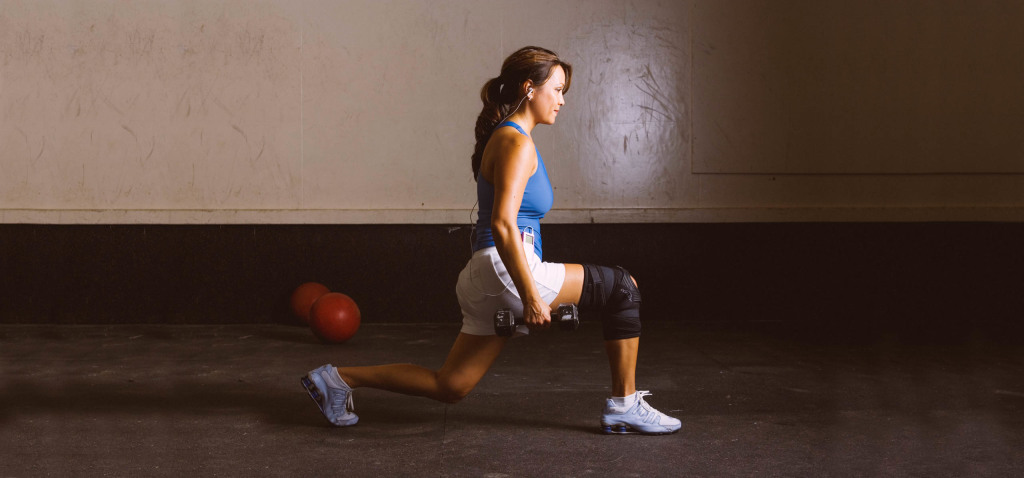
There are many different types of braces, and they all have one thing in common: they restrict the range of motion of an injured joint and promote recovery. Some of the more frequently used braces are listed below:
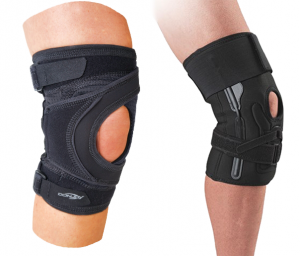
Knee Braces
Knee braces can be equipped with several features depending on the injury. Some of the common features in knee braces are metal hinges for medial and lateral support, sleeves to provide compression against swelling, and padding (also known as a buttress) to cushion and support the knee cap.
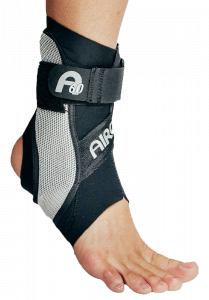
Ankle Braces
Ankle braces are designed to restrict side-to-side motion in the ankle – rolling out (inversion) or rolling in (eversion). Ankle braces restrict these ranges of motion with straps that wrap around the foot and ankle, or by having rigid supports on either side of the ankle. Most functional ankle braces are not designed to limit the plantar flexion and dorsi flexion (aka the “gas pedal” motion) of the ankle. Only more rigid devices, such as an Aircast AirSelect or an AFO device can provide restiction in that range of motion.
Wrist Braces
Wrist braces may be required if you experience a fracture, a sprain, carpal tunnel syndrome, deQuervain’s syndrome, or other painful injury to the wrist. There are wrist braces available that have some flexibility, which may be used in the event of a light sprain, and others are much more rigid to fully immobilize the wrist, which would be more suited to a wrist fracture or severe sprain.
There are several types of elbow braces, but the most frequently used elbow brace is for epicondylitis (tennis or golfer’s elbow). These braces work by adding pressure to the arm muscle, which removes stress from the inflamed tendon and allowing it to heal.
Night Splints
Night splints are designed to aid in healing plantar fasciitis, Achilles tendonitis, and calf musculature contractures/tightness, and they are worn when at rest. These splints hold the foot and ankle in a neutral or slightly stretched position at night.
Final thoughts on Bracing
Braces are available either over-the-counter or custom-made. A medical referral is required for custom braces and is recommended for over-the-counter braces as well. This ensures consistency between the healthcare professional’s recommendations and the patient’s treatment plan.
It is important to work with your doctor on a treatment plan for an injury. Braces are useful, but full rehabilitation also requires physiotherapy, massage therapy, or other types of treatment.
Once you have returned to activity, it is important to wear the brace in environments that present a higher risk of re-injury. Working regularly with other health professionals (such as a physiotherapist) will also improve your day-to-day function.
Do you need a Brace?
If you have any questions about bracing, reserve a One2One appointment today.
Our new One2One program will provide you with the highest level of safety and personalized service for all of your bracing, orthotic and footwear needs.

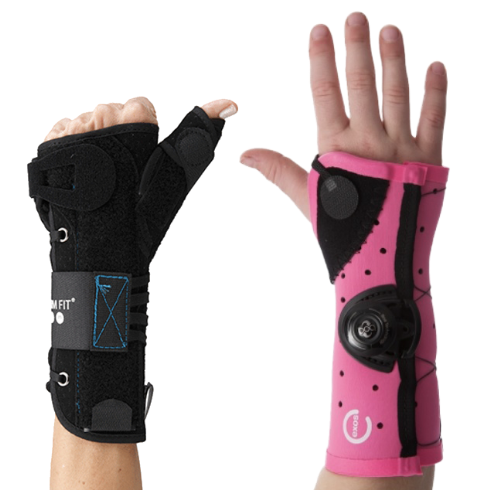
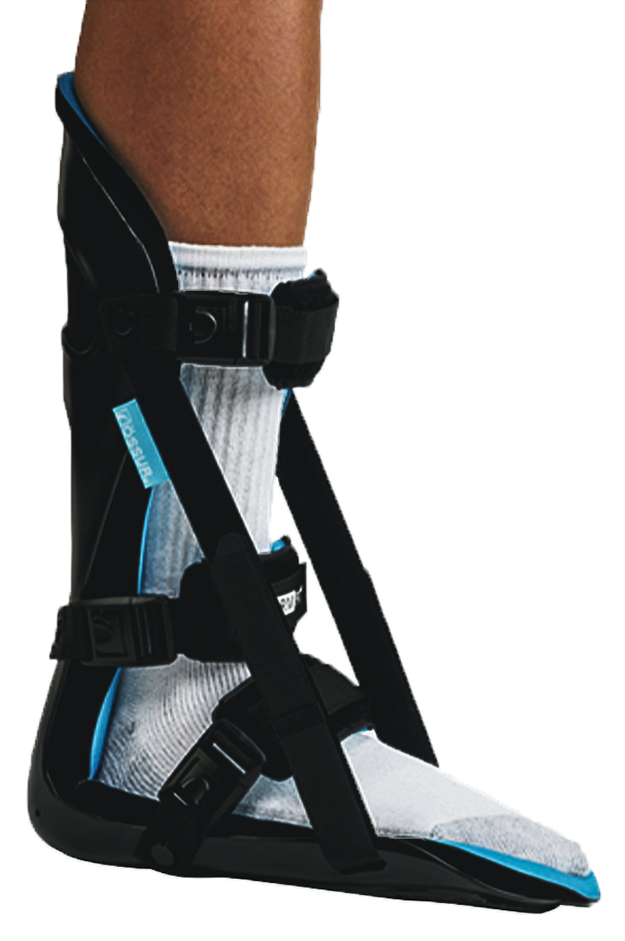
No Comments